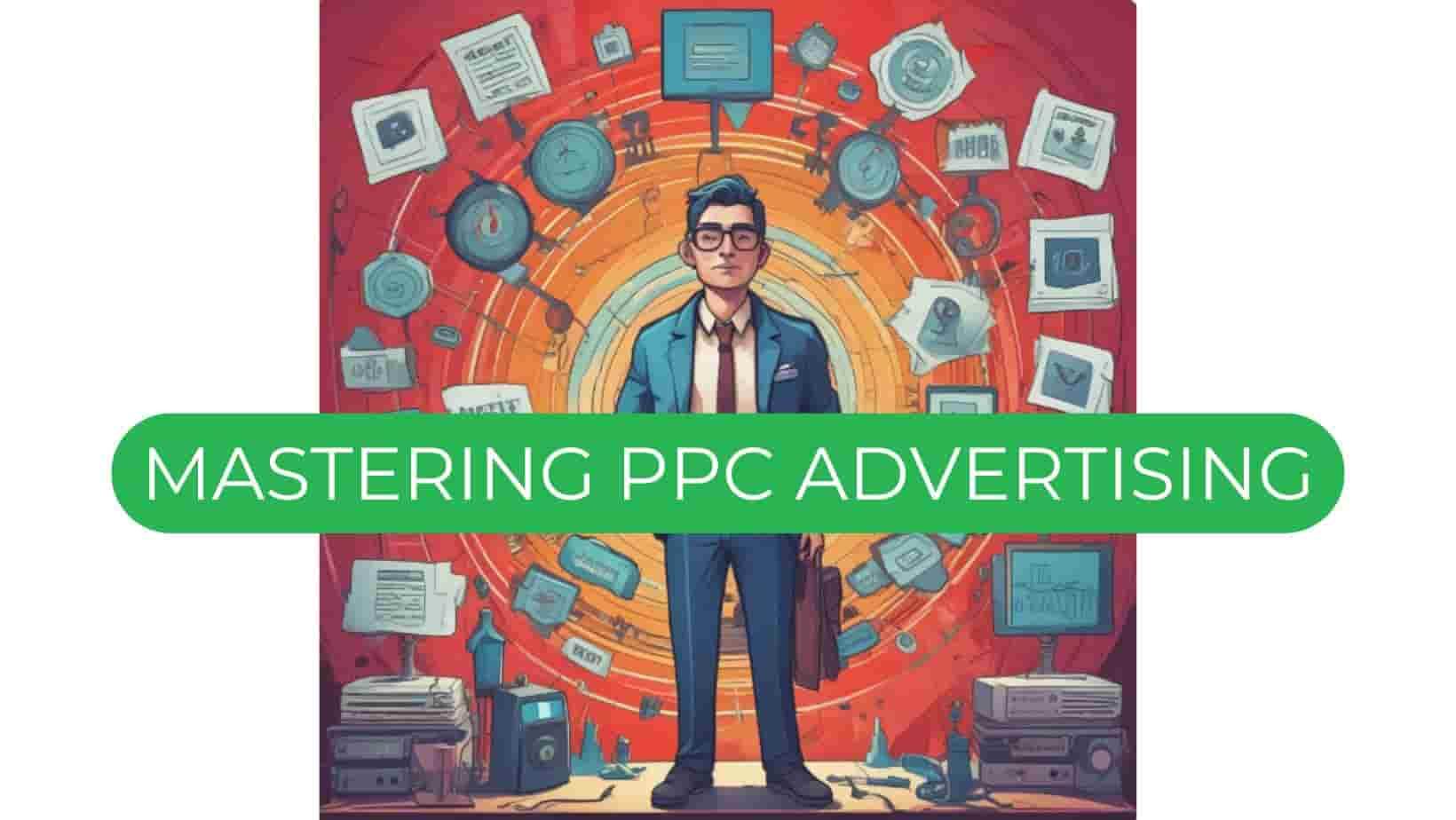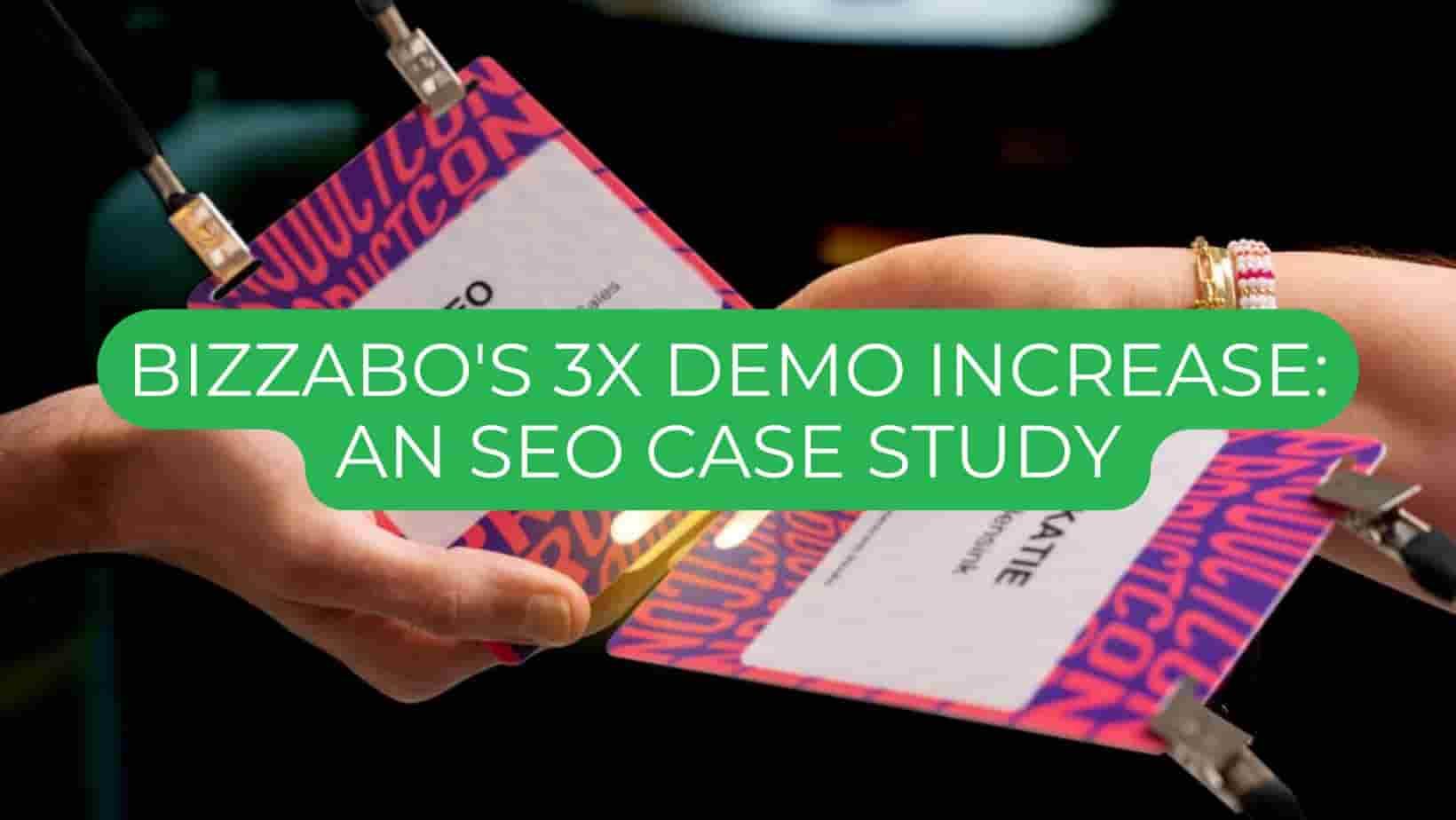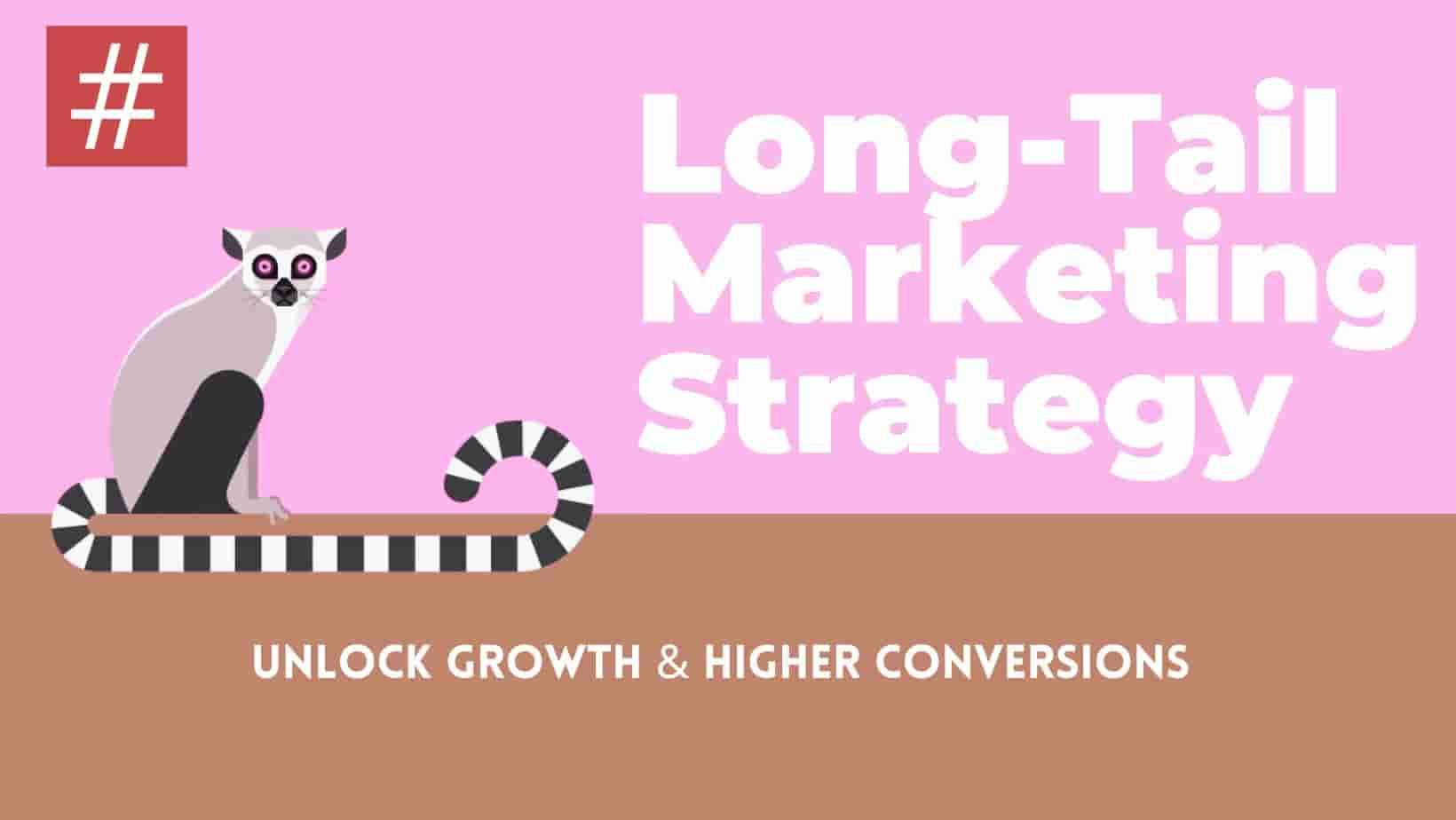Mastering PPC Advertising: Unlock Fast Traffic & Boost Conversions

Pay-per-click (PPC) advertising is a powerful digital marketing tool that allows businesses to gain visibility and drive traffic to their websites. With PPC, advertisers only pay when someone clicks on their ad, making it a cost-effective option compared to traditional advertising models that charge for impressions or views, regardless of engagement.
Key PPC Ad Locations
PPC ads can appear in various online spaces, maximizing your exposure across multiple platforms:
- Search Engines: Google, Bing
- Social Media: Facebook, Instagram, LinkedIn, TikTok
- Banner Ads: Websites
- Videos: YouTube
- Marketplaces: Amazon, Etsy
For instance, if you sell cat food, a search ad for “cat food” could appear on Google’s search results page (SERP) as a sponsored result, attracting potential customers when they actively search for the product.
How Does PPC Work?
Running a PPC campaign follows a simple process:
- Sign Up: Create an account on an advertising platform (e.g., Google Ads, Meta Ads Manager).
- Set a Budget: Define your overall budget and the amount you’re willing to pay for each click.
- Create Your Ad: Design your ad, including text and visuals.
- Enter an Auction: Your ad enters an auction with others targeting the same keywords or audience.
- Pay Per Click: Every time someone clicks your ad, you pay the predetermined cost.
PPC gives you control over your budget and targeting, ensuring your ad reaches the right audience at the right time.
PPC vs. SEO vs. SEM: Understanding the Differences
PPC, search engine optimization (SEO), and search engine marketing (SEM) all play significant roles in driving traffic, but they serve different purposes:
- PPC delivers immediate, paid results by targeting specific keywords, demographics, and behaviors. It’s excellent for quick, short-term goals.
- SEO focuses on improving your website’s organic (unpaid) ranking in search engines. It takes time to show results but is effective for long-term traffic growth.
- SEM encompasses both PPC and SEO. It’s a broader term that refers to marketing tactics used to improve visibility on search engines.
The best results come when businesses integrate both SEO and PPC strategies, as they complement each other and help you capture more valuable traffic.
The Benefits of PPC Advertising
Why should you incorporate PPC into your marketing strategy? Here are some of its core advantages:
- Precise Targeting: Reach your audience based on demographics, search intent, location, and online behavior.
- Quick Results: Once your campaign is live, your ads start generating traffic almost immediately.
- Cost Efficiency: You only pay for actual engagement—users who click on your ad—ensuring that your budget is spent on interested prospects.
- Easy Tracking and Measurement: Track key performance metrics (e.g., clicks, conversions, ROI) to optimize and adjust campaigns for maximum effectiveness.
- Brand Awareness: Even if users don’t click on your ad, they see your brand, which can boost long-term recognition and engagement.
- Complementing SEO: Running PPC alongside SEO helps you dominate more of the search engine results page (SERP), increasing visibility and traffic.
5 Types of PPC Ads You Can Use
-
Search Ads: Text-based ads that appear when users search for specific keywords. These are perfect for targeting users with high intent, actively looking for products or services.
-
Display Ads: Visual banner or image ads displayed on websites within the Google Display Network (GDN). Ideal for brand awareness and reaching potential customers through browsing behavior.
-
Video Ads: Engage users with creative, dynamic video ads on platforms like YouTube, LinkedIn, and Instagram. Great for storytelling and complex messaging.
-
Retargeting Ads: Show ads to users who have interacted with your website or content but did not complete a desired action, like making a purchase. Retargeting ads can dramatically increase conversion rates by reminding users of your products.
-
Shopping Ads: These are product-focused ads that appear in search results and the shopping tab, making them especially effective for e-commerce businesses looking to target users actively searching for specific products.
Popular PPC Platforms
Many platforms offer PPC advertising options. Here are some of the most effective ones:
- Google Ads: The largest PPC platform, offering ads across Google Search, YouTube, and Google Display Network.
- Meta Ads (Facebook & Instagram): Best for targeting specific audiences based on their social behavior and interests.
- TikTok Ads: Reach younger audiences with creative, short-form video ads that appear in users' feeds or as full-screen ads.
- Microsoft Ads: Expand your reach beyond Google with ads on Bing, Yahoo, and other Microsoft properties.
- LinkedIn Ads: Ideal for B2B marketing, LinkedIn allows you to target professionals based on job title, industry, and other business-specific criteria.
Getting Started with PPC Campaigns: A Step-by-Step Guide
-
Set Clear Goals: Define what you want to achieve—whether it’s driving traffic, increasing sales, or generating leads. Your goal will dictate your PPC strategy and key performance metrics.
-
Research Your Competitors and Keywords: Use tools like Semrush to analyze competitors’ ad strategies and identify high-performing keywords for your campaigns.
-
Choose a Budget and Bidding Strategy: Set a daily or monthly budget and decide on a bidding strategy (e.g., cost-per-click or cost-per-impression) based on your goals.
-
Define Your Audience: Use targeting options to focus on specific demographics, behaviors, and interests. This ensures your ads are seen by the right people.
-
Create Compelling Ad Creative: Write engaging ad copy and, if applicable, design attention-grabbing visuals or videos that resonate with your audience.
-
Review and Launch Your Campaign: Double-check all elements—budget, targeting, and creative—before launching your campaign.
-
Monitor and Optimize: Keep track of your campaign’s performance and adjust targeting, bids, and ad copy to improve results over time.
Conclusion: Why PPC is a Must-Have Strategy
PPC advertising is a highly effective and measurable way to boost visibility, attract potential customers, and grow your business online. Whether you're looking to drive immediate results or build long-term brand recognition, PPC offers the tools to achieve your goals. By combining PPC with SEO and continuously optimizing your campaigns, you can maximize your digital marketing success and reach your target audience with precision and efficiency.








